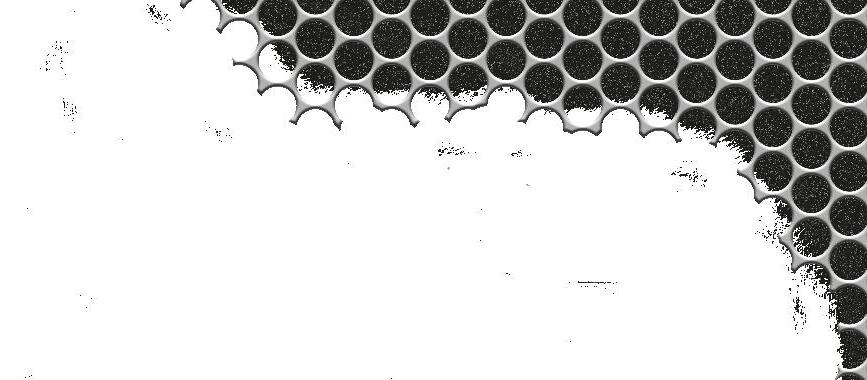
4 minute read
Shangri-La – 1:32 Revell P-51B
-51 MUSTANG BUILD 5 – P

Advertisement
Mario Serelle builds the 1:32 Revell P-51B
ith so many modern P-51 Mustang models
Wavailable in every scale, for this project I chose the pretty old 1:32 Revell kit, a model which was first released in 1969! The kit also includes a good Merlin engine, which can be exposed if you choose not to glue the engine hood, a crude (by today’s standards) pilot figure, and a canopy that can be posed opened or closed. The cockpit is nicely detailed considering its age, and has details on the sidewalls, a wooden texture on the floor and a good instrument panel. Mr Hobby Interior Green was used here, with Tyre Black being applied to the floor, radio boxes, instrument panel and engine block.
After receiving a Deep Brown wash followed by some dry brushing to highlight all raised details, small details were brush painted mainly in White, Silver and Yellow. Instrument panel dials received a coat of Kristal Klear to simulate their glass. Dark Yellow was then dry brushed over the cockpit floor to replicate the wood showing
NORTH AMERICAN P-51B MUSTANG
MANUFACTURER: REVELL SCALE: 1:32 KIT T YPE: PL ASTIC INJEC TION MOULDED] KIT NUMBER: H-295


Kristal Klear was used to simulate the glass over the instrument panel dials The engine compartment was painted in Yellow-Green to replicate the Yellow-Zinc Chromate used in these areas, and the cockpit is nearly complete



The interior parts ready for assembly

A little tape was used to keep the wings at the correct dihedral while gluing, assuring an almost perfect fit
Mr. Surfacer was used to check any fit problems and to act as a primer for painting as well

through the Black anti-skid coat, and Silver and Black watercolour pencils helped to create some general scratches and marks. The engine compartment was airbrushed with YellowGreen to represent the primer used in this area. The Merlin engine then received a subtle Silver dry brushing.
Gluing all the interior components inside the fuselage was not an easy task, and a lot of dry fitting was necessary to properly align all parts, especially the engine block. Moving onto the wings, they had some glue seams that needed to be scraped, but surprisingly the wing attachment to the fuselage was almost perfect. I did use some tape to hold the wings at


Despite their age, the decals conformed nicely the correct dihedral while the glue cured. The fuselage bottom required some putty and sanding work and some of the raised detail was lost. The panel lines were restored with very thin stretched sprue and tiny drops of CA glue gave me new rivets. After attaching the windscreen and rear windows, these parts were masked and sprayed Interior Green and then the model was primed with Mr Surfacer and was ready for painting. I didn’t want to go too heavy on weathering on this one, and painting started directly with the underside Neutral Grey, first airbrushed only over rivets and panel lines, and then followed by a mist coat of the same colour. This technique allowed a

subtle tonal variation with no need for pre-shading. The same sequence was used to paint the Olive Drab upper surface colour, using ‘Blu Tack’ for a soft demarcation line between the lower and upper camouflage colours. After some post-shading the model received a couple of gloss coats. Before painting the White ID stripes and Red nose, these areas were properly masked, and a Light Grey base colour was applied.
There was only one decal option, USAAF ace Don Gentile’s famous ‘Shangri-La’. The decals were as old as the kit, and took some work to get them to conform to the model. After another gloss coat to seal the decals, the subtle weathering started with a Blue Black Wash on all landing gear parts, including their wells. To add a little more contrast Deep Brown

Silver was applied with a sponge to simulate paint chipping on the flying surfaces and leading edges…




